3 Foods That Make Ozempic Side Effects Worse, Says Obesity Doctor

Have you ever wondered why some foods make you feel worse when taking weight loss medications? You're not alone. Millions of patients on Ozempic and Mounjaro struggle with finding the right diet balance. Here's your comprehensive guide to eating well while on these medications.
Dr. Ahmet Ergin, founder of the SugarMD YouTube channel, is a distinguished endocrinologist specializing in diabetes and metabolism. With years of clinical experience prescribing these medications, Dr. Ergin shares essential insights about managing your diet while on Ozempic and Mounjaro. Read on to discover which foods to embrace and which to avoid for optimal results.
Understanding Your New Relationship with Food
"Your plate isn't just a source of nutrients anymore. It has to be a delicate balance wheel for your blood sugar levels," Dr. Ergin explains in his post. When you're on Ozempic or Mounjaro, managing diabetes becomes less of a walk in the park and more of a mindful trek through an intricate maze of dietary choices.
RELATED: 20 Things You Need to Know About Ozempic and Weight Loss
Embrace the Fiber-Filled Champions

Think of fiber-rich fruits as your dietary oasis. Dr. Ergin recommends focusing on "superstars like berries, apples, and pears." These fruits pack powerful fiber that champions steady digestion and helps maintain stable blood sugar levels. "Each nibble comes packed with fiber goodness," Dr. Ergin notes, emphasizing their importance in your daily diet.
The Power of Green Guardians
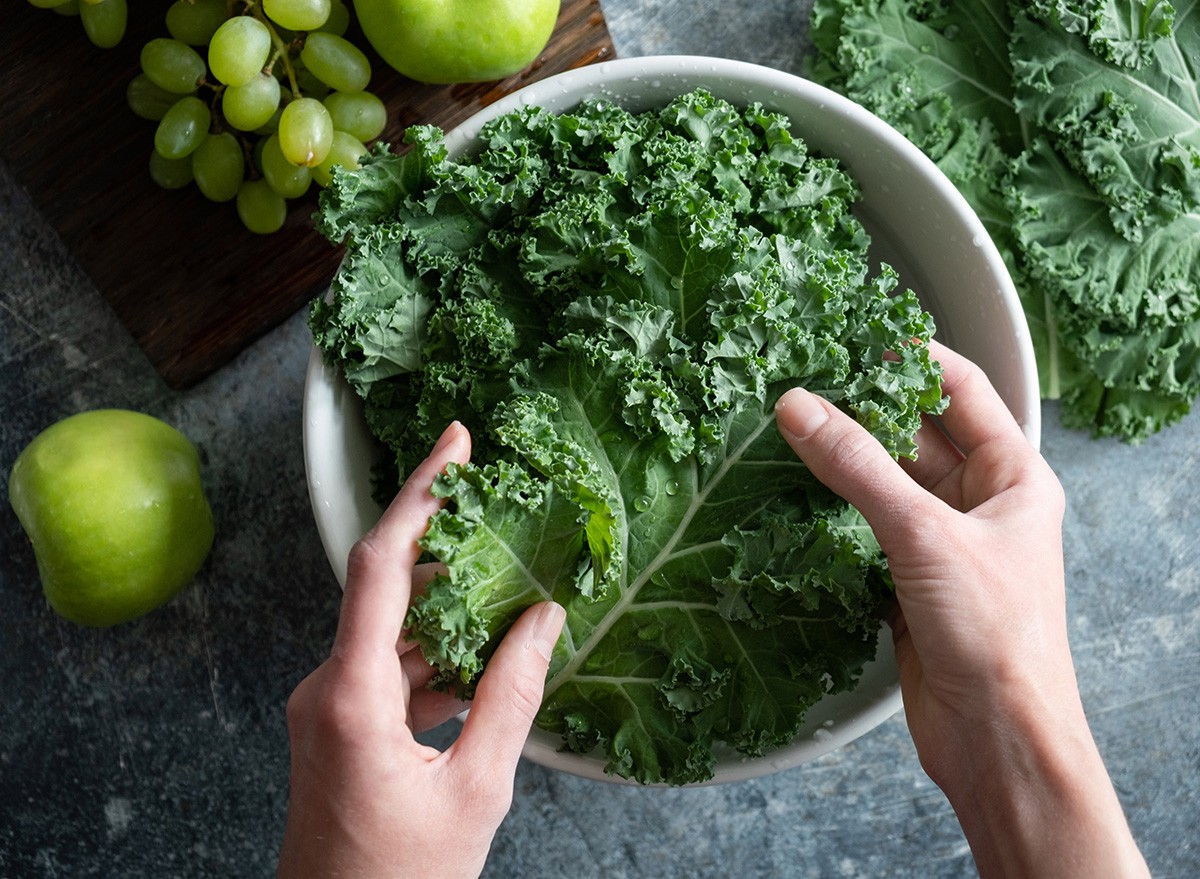
Leafy greens aren't just plate decorations – they're your nutritional shields. "Think about spinach and kale. They're like sentinels standing firm," Dr. Ergin explains. These vegetables are rich in alpha-lipoic acid and benfotiamine, making them crucial allies in blood sugar management, especially when medications are working their way through your system.
Lean Proteins: Your Trusty Sidekicks
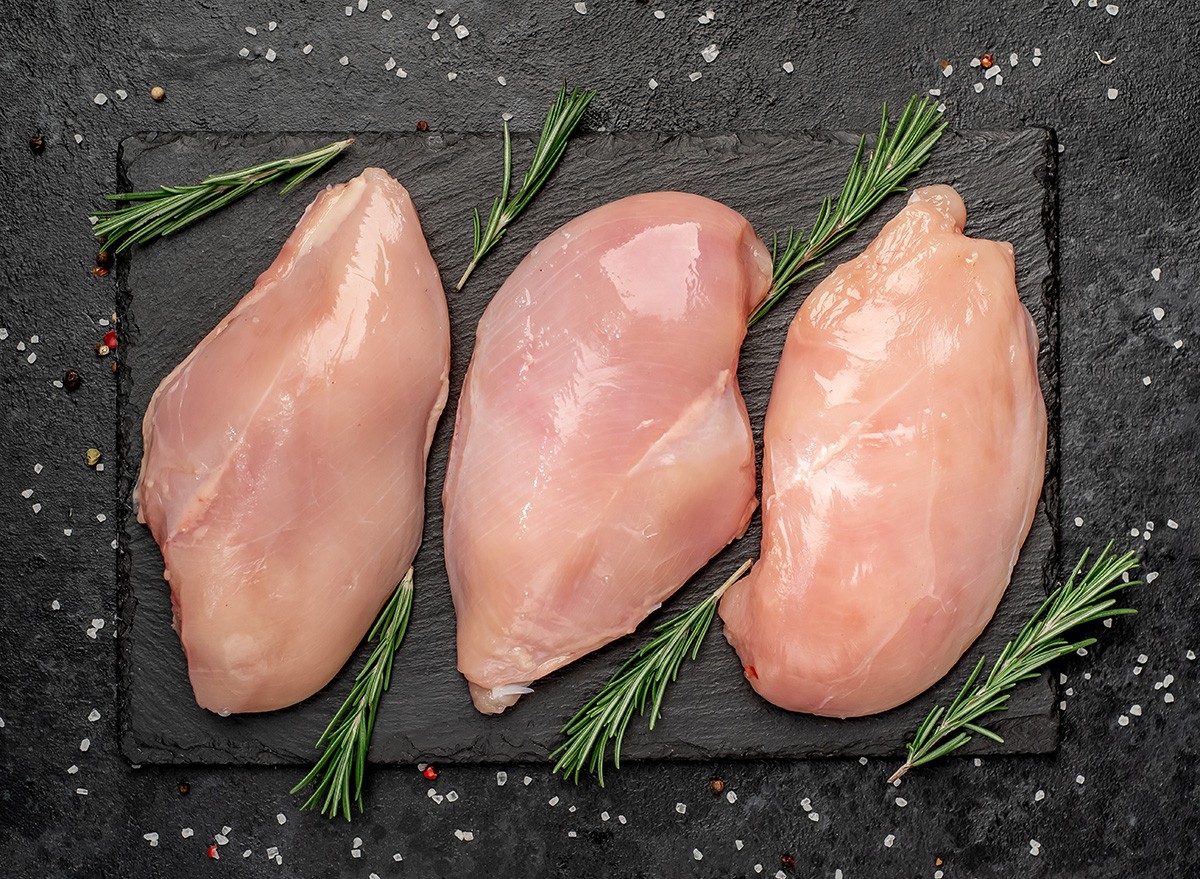
Dr. Ergin emphasizes that proteins like chicken breast, tofu, and lentils are essential companions on your health journey. "They help your body skip out on dramatic blood sugar spikes and keep your tummy full," he shares. These proteins support muscle maintenance and keep your metabolism active while preventing unexpected cravings.
RELATED: 20 Possible Ozempic Side Effects
Fatty Foods: Your First Warning
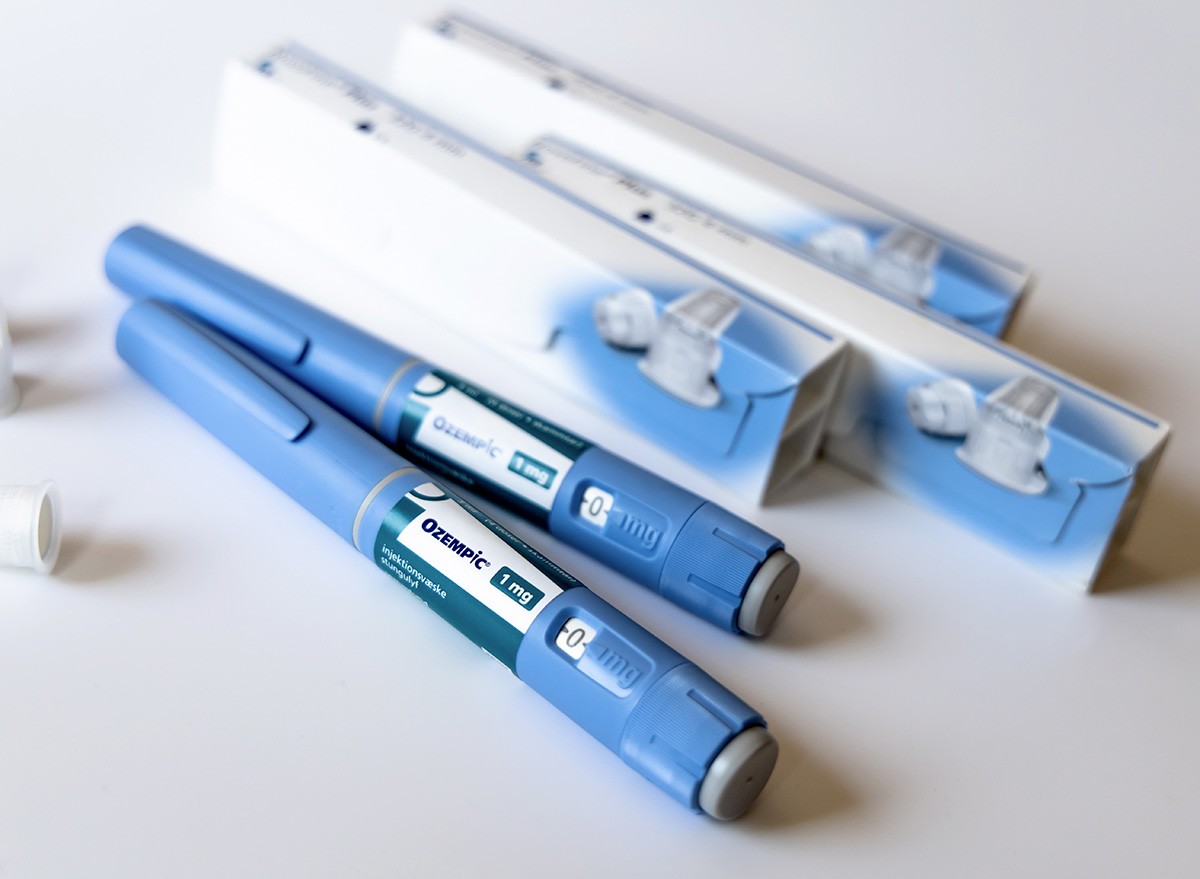
"Fatty foods are like tempests in the tranquil sea," warns Dr. Ergin. When combined with Ozempic or Mounjaro, high-fat foods can trigger digestive issues and make the medication's side effects more pronounced. This can lead to increased nausea and delayed stomach emptying.
Spicy Foods: A Hidden Challenge

Dr. Ergin cautions against spicy foods while on these medications. They can intensify gastrointestinal side effects and potentially trigger acid reflux, which may be more severe when combined with Ozempic or Mounjaro's effects on digestion.
Junk Foods: The Triple Threat
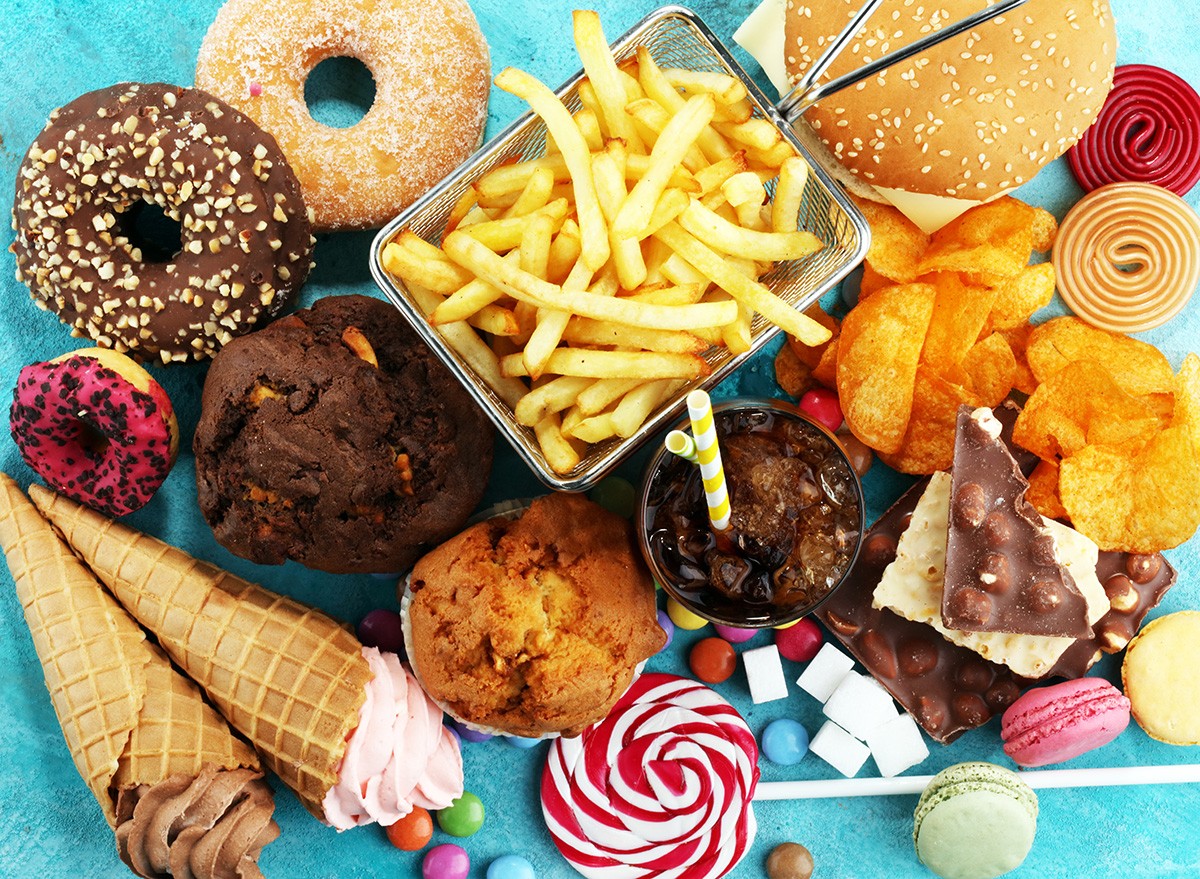
According to Dr. Ergin, processed junk foods pose multiple challenges. They often combine high fat, excessive sugar, and artificial ingredients that can not only trigger side effects but also work against the medication's intended benefits. These foods can lead to unstable blood sugar levels and increased digestive discomfort.
RELATED: What Happens to Your Body When You Stop Taking Ozempic
The Role of Supplements in Your Journey
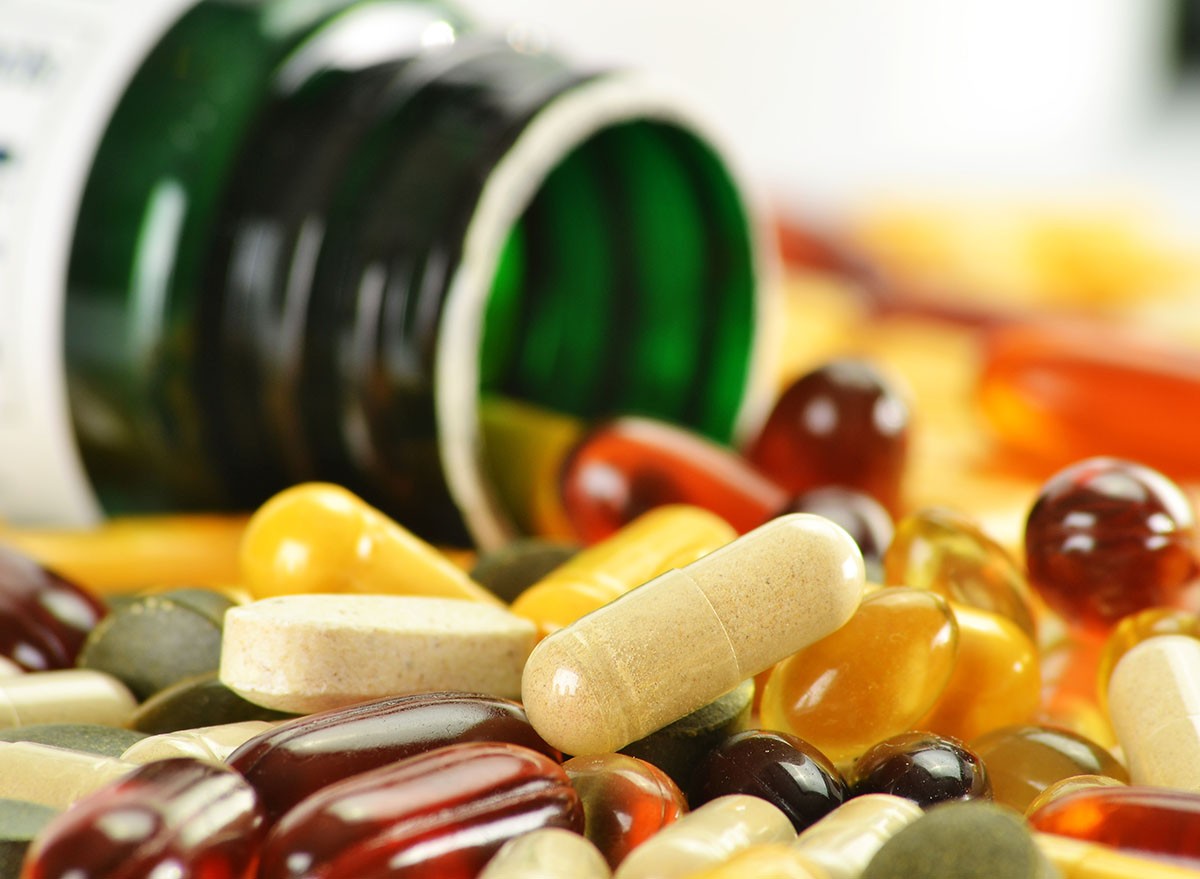
While discussing supplementation, Dr. Ergin clarifies: "It's not about replacing your medication or justifying poor dietary choices." He emphasizes that supplements should complement, not replace, a healthy diet and prescribed medications. "That's why we call them Nutraceuticals, not Pharmaceuticals," he adds, highlighting their supportive role.
Creating Your Personal Strategy

Success with these medications requires a personalized approach. "Your path to wellness is unique," Dr. Ergin states, recommending working with healthcare providers to develop an individualized plan. He suggests using available resources like the SugarMD app for additional support and guidance.
RELATED: 20 Things to Avoid While on Ozempic
The Long-Term Perspective
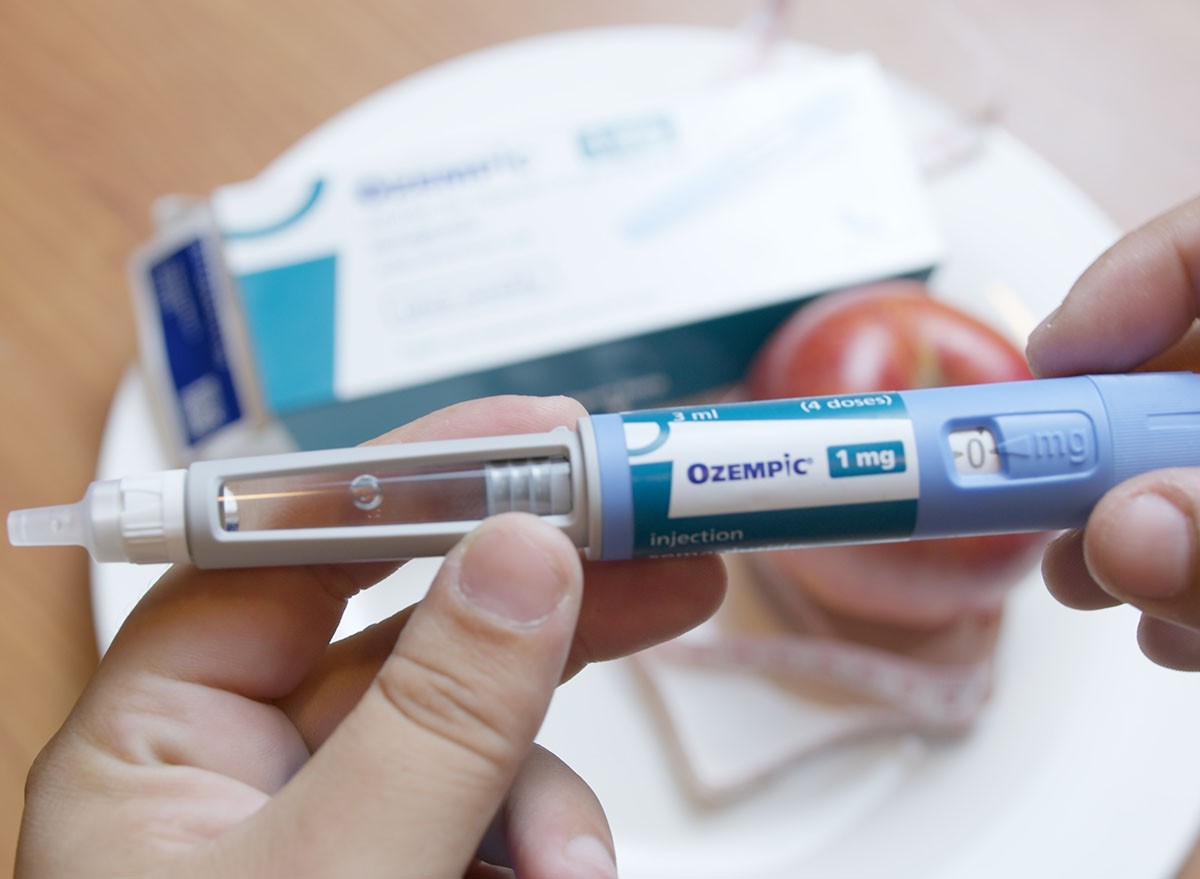
"You are not just eating to fill your stomach. You are dining to nourish your life story," Dr. Ergin reminds us. This perspective shift is crucial for long-term success with these medications. Take it one meal at a time, focusing on progress rather than perfection.
Remember, managing your diet while on Ozempic or Mounjaro isn't just about avoiding side effects – it's about optimizing your treatment results and improving your overall health. With patience and the right food choices, you can create a sustainable eating plan that works in harmony with your medication. And if you enjoyed this article, don't miss 20 Incredible Ozempic Success Stories of All Time.




